18 Forgotten Battlefields That Still Echo with History
Across the world, there are battlefields that time has softened but not erased. These forgotten sites once thundered with the clash of armies and the cries of soldiers. Today, they lie quiet under grass and sky, yet their stories still shape the lands around them. Many of these places have turned into peaceful memorials, while others remain hidden in plain sight. Travelers and history enthusiasts visit them to connect with the past in a deeply personal way.
Battle of Grunwald, Poland
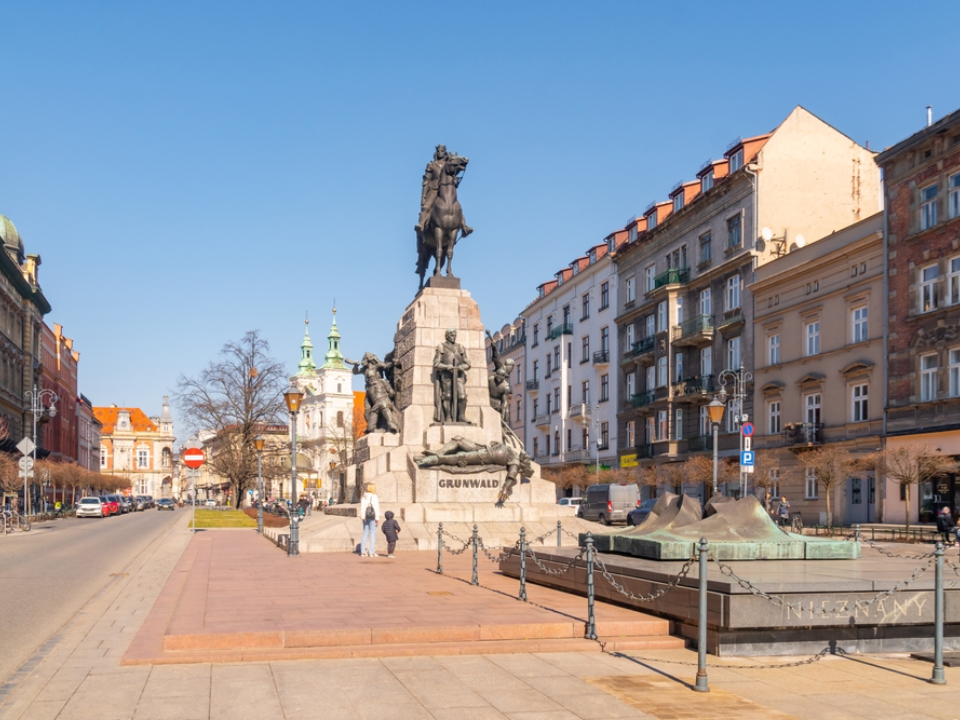
The fields near Olsztyn in northern Poland hold the site of the Battle of Grunwald, fought in 1410 between the Kingdom of Poland and the Teutonic Knights. This conflict marked one of medieval Europe’s most decisive victories, where Polish and Lithuanian forces halted the Teutonic expansion across the Baltic. The once-loud clash of swords has now been replaced by quiet farmlands, yet traces of the battle remain beneath the soil.
Visitors today walk across peaceful meadows unaware that thousands once fought and died here. Some local museums display relics and armor pieces found by farmers. The land serves as both a memorial and a reminder of shifting power during medieval Europe’s wars.
Battle of Culloden, Scotland
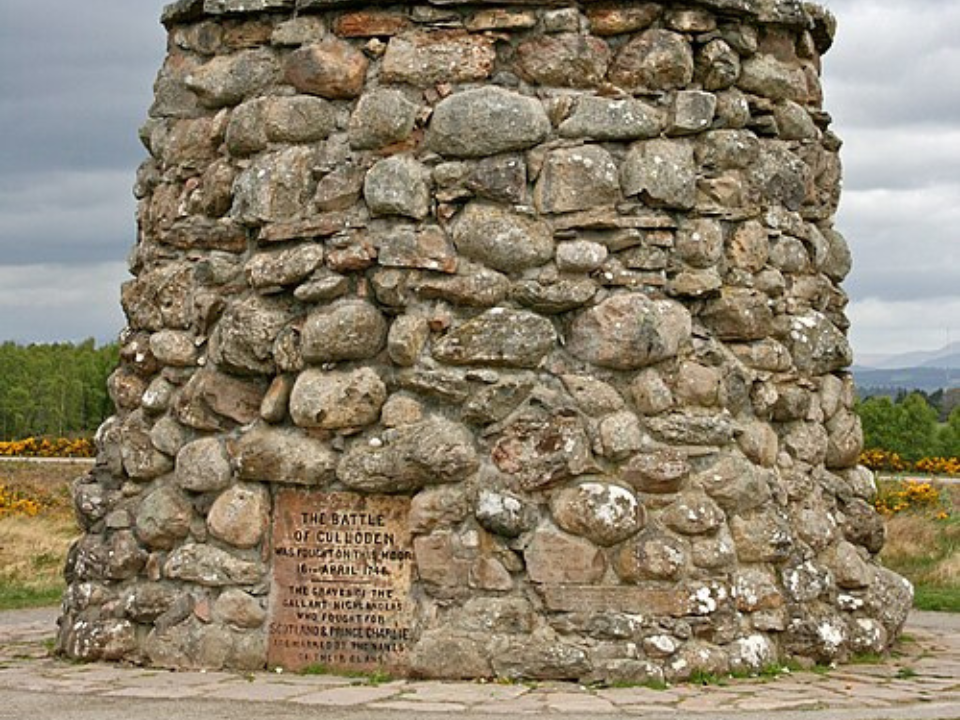
The Battle of Culloden in 1746 was the final confrontation of the Jacobite rising, where Scottish clans loyal to Charles Edward Stuart faced British government troops. It was a short but brutal engagement that ended centuries of clan-based rebellion. The moor still carries a solemn air, where headstones mark clan graves.
Standing on the windswept field, visitors can almost sense the sorrow that lingers in the mist. Artifacts unearthed here tell of desperate courage and tragic loss. The site remains one of Scotland’s most emotional historical landscapes, where silence speaks louder than memory.
Battle of Bunker Hill, United States
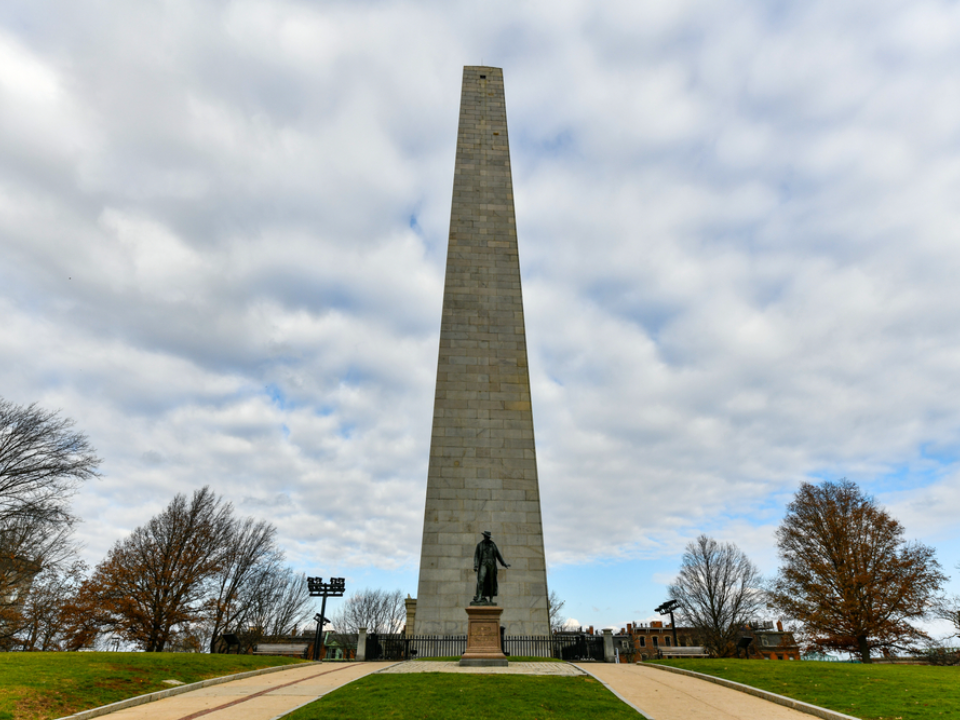
The Battle of Bunker Hill took place in 1775 in Charlestown, Massachusetts, during the early stages of the American Revolution. Although the British technically won, the heavy losses they suffered inspired the American colonies to continue their fight for independence. The site is now part of the Boston National Historical Park.
Modern-day visitors can explore the monument and surrounding grounds, where the uneven terrain still hints at the fierce skirmishes. While the area has become urbanized, the echoes of musket fire seem to linger in the wind. It remains a symbol of courage and sacrifice in the struggle for freedom.
Battle of Antietam, United States
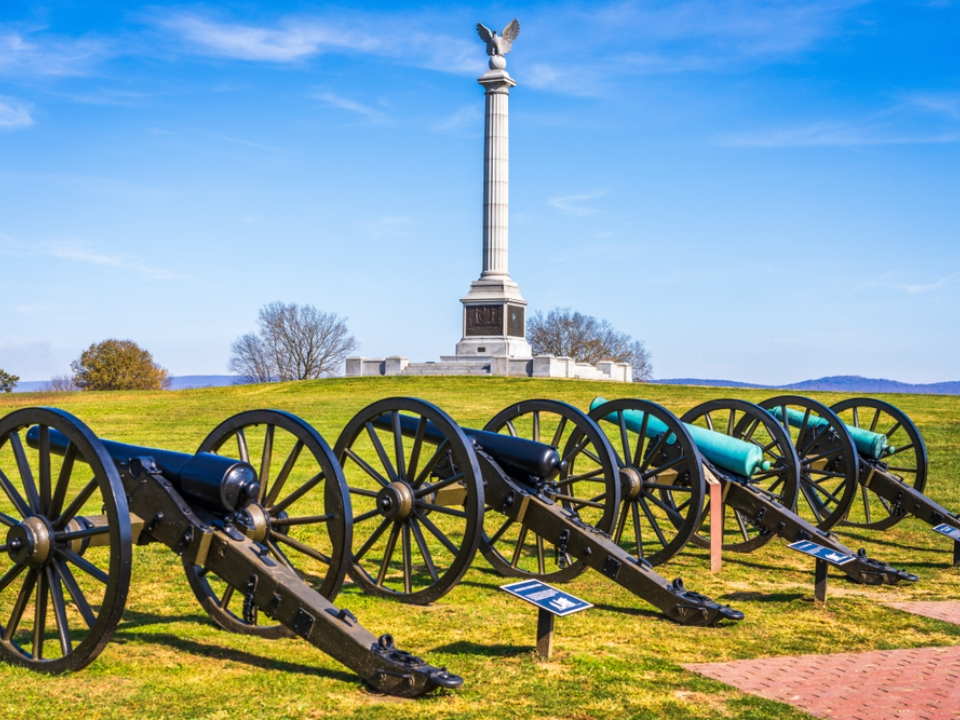
The Battle of Antietam in Maryland in 1862 became one of the bloodiest single-day battles in American history. Fought during the Civil War, it marked a turning point that led to the Emancipation Proclamation. The fields, now preserved, stretch wide and quiet under the sun.
Walking among the cornfields, one might imagine the chaos that once filled this peaceful landscape. The visitor center nearby shares accounts from both Union and Confederate soldiers. Each autumn, the stillness of the battlefield contrasts with the memory of thousands who fell here.
Battle of the Somme, France
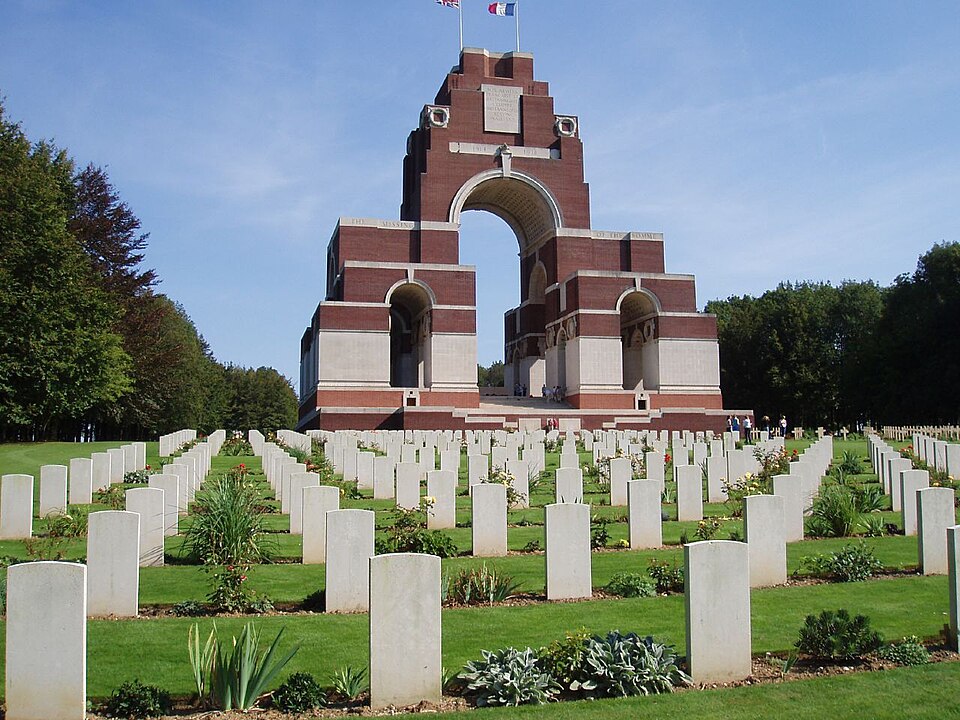
The Battle of the Somme in 1916 was one of World War I’s most devastating encounters. Over a million men were killed or wounded in the trenches between the British and German forces. Today, the rolling countryside of northern France hides scars beneath the green fields.
Visitors can see memorials and cemeteries scattered across the region. The preserved trenches and shell craters stand as haunting evidence of the immense cost of modern warfare. Time may have healed the land’s surface, but the soil still remembers.
Battle of Isandlwana, South Africa
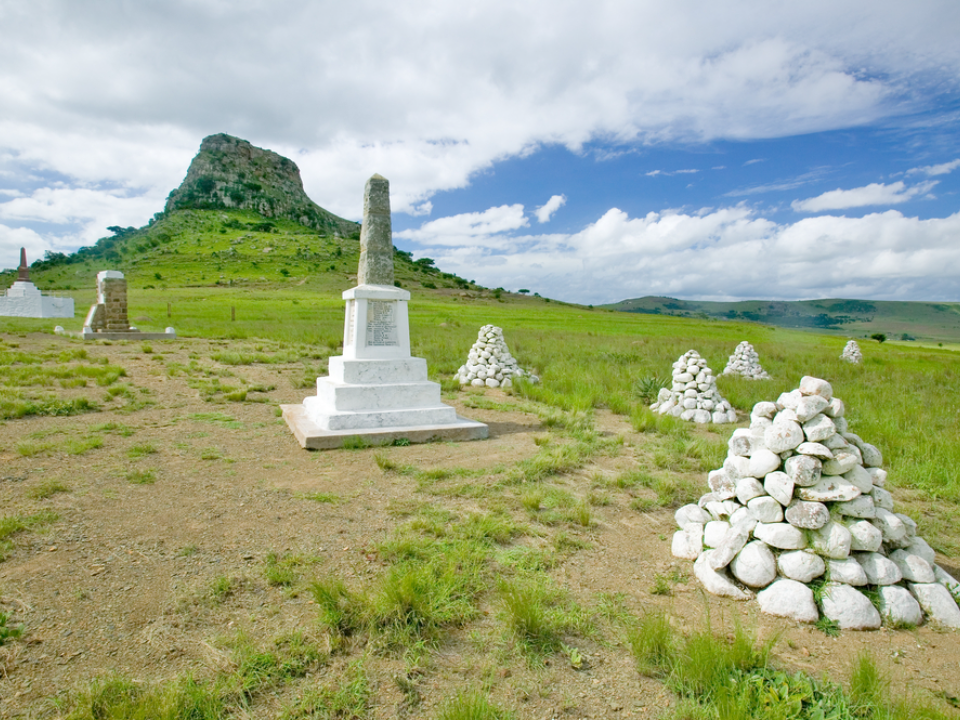
In 1879, the Battle of Isandlwana shocked the British Empire when Zulu warriors defeated a well-armed British force. The site, surrounded by rocky hills and tall grass, remains much as it was on that fateful day. Small cairns mark the graves of fallen soldiers.
The quiet beauty of the landscape contrasts with the ferocity of the battle that took place there. Local guides share oral histories passed down through generations. The battlefield stands as a powerful testament to Zulu resilience and military skill.
Battle of Dien Bien Phu, Vietnam
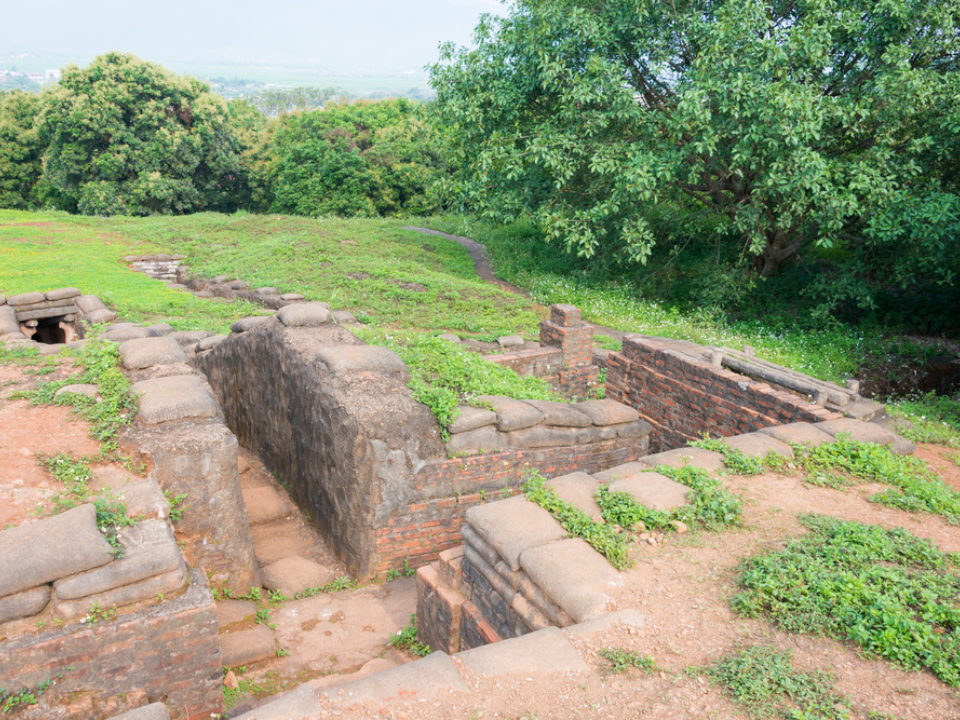
The Battle of Dien Bien Phu in 1954 ended French colonial rule in Indochina. The valley near the town of Dien Bien was once filled with trenches and artillery, where Vietnamese forces besieged the French garrison. The outcome reshaped Southeast Asia’s history.
Today, remnants of bunkers and fortifications still dot the area. Museums nearby display weapons and uniforms recovered from the battlefield. Though the town has grown, the hills surrounding it preserve the memory of determination and sacrifice.
Battle of Verdun, France

Verdun witnessed one of the longest and most grueling battles of World War I in 1916. For nearly ten months, French and German soldiers fought in horrific conditions, leaving behind a wasteland of mud and ruin. It became a symbol of national endurance for France.
Modern visitors find quiet forests and memorials where trenches once ran deep. Ossuaries and preserved bunkers give a glimpse of the unimaginable hardship soldiers faced. The silence of Verdun today stands in striking contrast to the endless thunder that once filled its skies.
Battle of Gettysburg, United States
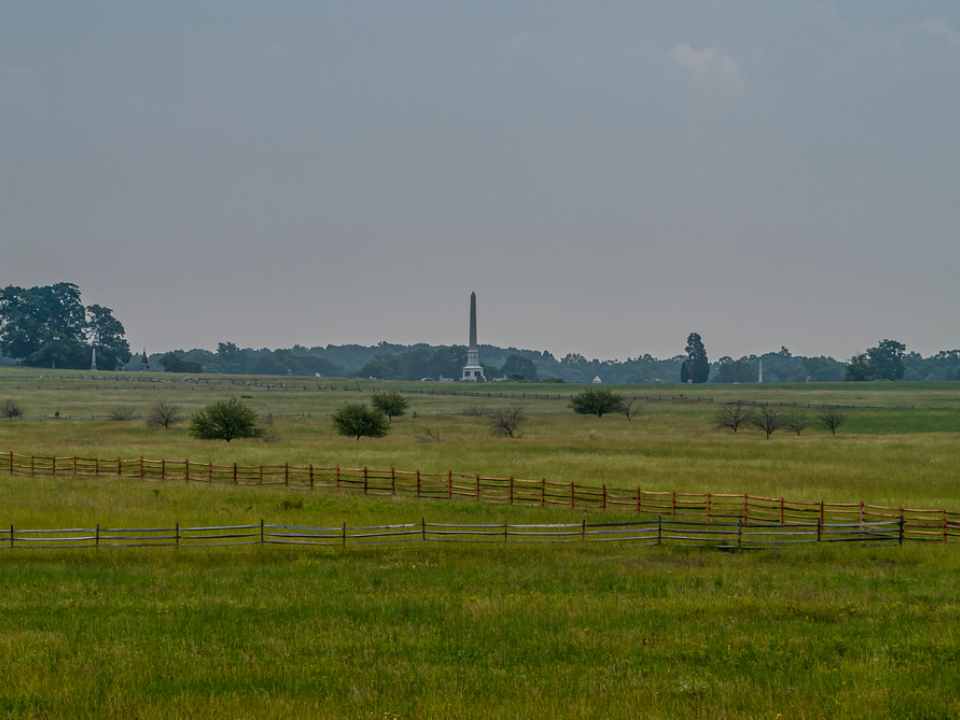
The Battle of Gettysburg in 1863 was one of the most decisive encounters of the American Civil War. Over three days, Union and Confederate forces fought across the Pennsylvania countryside, resulting in immense loss on both sides. The victory marked a crucial turning point.
Today, the battlefield is preserved as a national park filled with monuments and restored structures. Visitors often feel a quiet reverence walking among the stone markers. The landscape remains a living memorial to courage and tragedy alike.
This post may contain affiliate links, which helps keep this content free. Please read our disclosure for more info.
Battle of Sekigahara, Japan

The Battle of Sekigahara in 1600 unified Japan under Tokugawa Ieyasu, marking the beginning of the Tokugawa shogunate. This decisive clash involved over 150,000 samurai and changed the country’s political direction for centuries. The battlefield is now surrounded by rice fields and small villages.
Visitors walking through the area can still see markers where major commanders once stood. Each hill and valley tells a quiet story of loyalty, betrayal, and shifting alliances. The calm countryside today belies the monumental struggle that determined Japan’s path.
Battle of Leipzig, Germany

The Battle of Leipzig, also known as the Battle of Nations, took place in 1813 and involved over half a million soldiers from several European powers. It was Napoleon’s greatest defeat before his fall. The vast plain near Leipzig still holds remnants of the fierce conflict.
A towering monument, the Völkerschlachtdenkmal, now stands in memory of those who perished. Beneath its stone walls, the air feels heavy with history. Each year, visitors and historians gather here to reflect on how the tides of war shifted across Europe.
Battle of Khe Sanh, Vietnam

The Battle of Khe Sanh occurred in 1968 during the Vietnam War when American forces defended a remote base for months against a siege by North Vietnamese troops. The airstrip and bunkers remain as reminders of intense combat and endurance.
Today, grass covers the runways once bombarded daily. A small museum nearby holds artifacts, photographs, and letters from soldiers. Standing in the quiet valley, one can still sense the tension that once hung over the misty hills.
Battle of Cannae, Italy
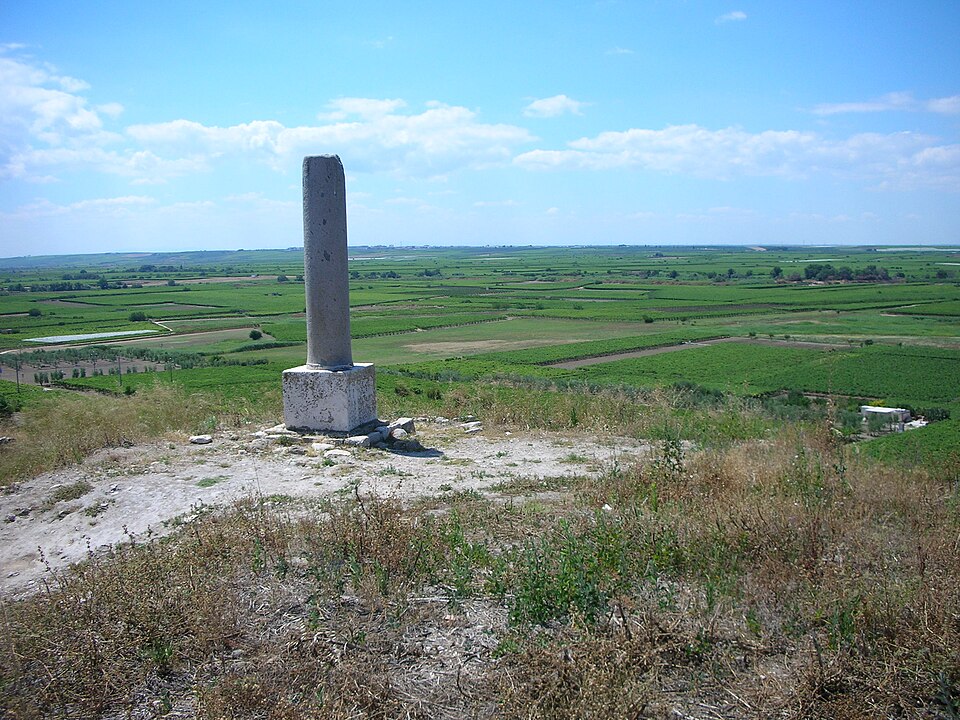
In 216 BCE, the Battle of Cannae became one of the most famous victories of the Carthaginian general Hannibal during the Second Punic War. His smaller army surrounded and annihilated a much larger Roman force. The tactics used here are still studied by military historians.
The fields near the modern town of Barletta look peaceful, but beneath them lies a legacy of ancient warfare. Some excavations have revealed weapons and human remains from that brutal day. The site reminds visitors of the fragile line between triumph and disaster.
Battle of Gallipoli, Turkey
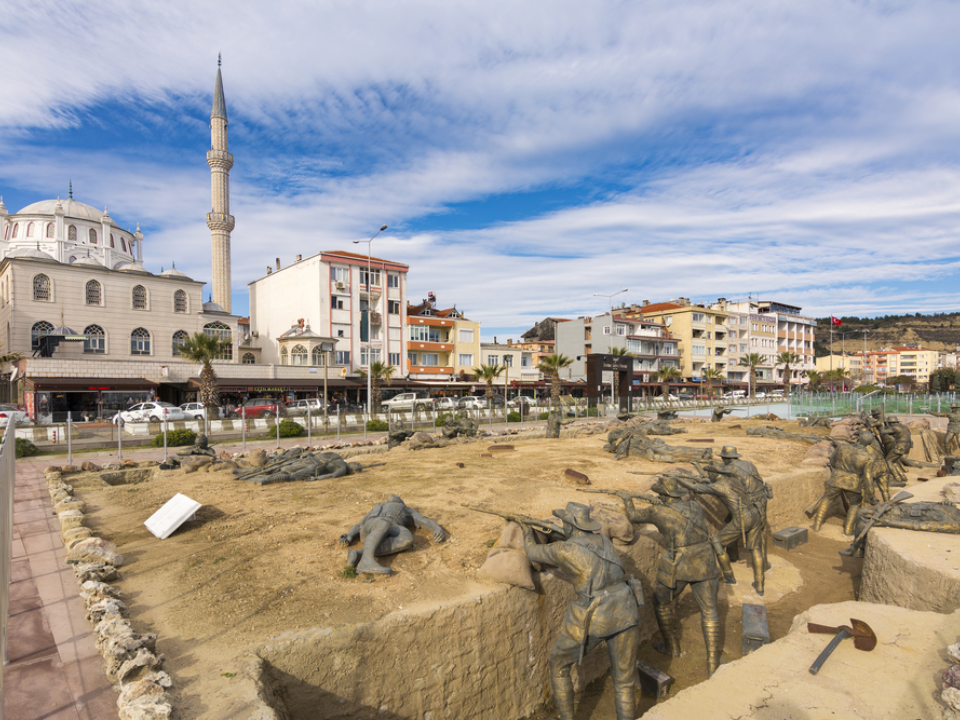
The Gallipoli campaign of 1915 was one of the most tragic chapters of World War I. Allied troops attempted to seize control of the Dardanelles but met fierce resistance from Ottoman forces. Thousands of soldiers from Australia and New Zealand lost their lives here.
The cliffs and beaches of Gallipoli are now lined with cemeteries and memorials. Each year, visitors come to honor the fallen on Anzac Day. The land remains both a place of mourning and a bridge between nations that once faced each other in battle.
Battle of Balaclava, Ukraine

The Battle of Balaclava in 1854, during the Crimean War, is remembered for the infamous Charge of the Light Brigade. British cavalrymen charged into heavy Russian fire, suffering terrible losses. The event inspired poems, songs, and artworks for generations.
The hills overlooking the Black Sea now carry a quiet dignity. Some cannons and earthworks still dot the terrain, preserved by local historians. Standing there, one can easily picture the thundering hooves that once raced toward near-certain death.
Battle of Stalingrad, Russia
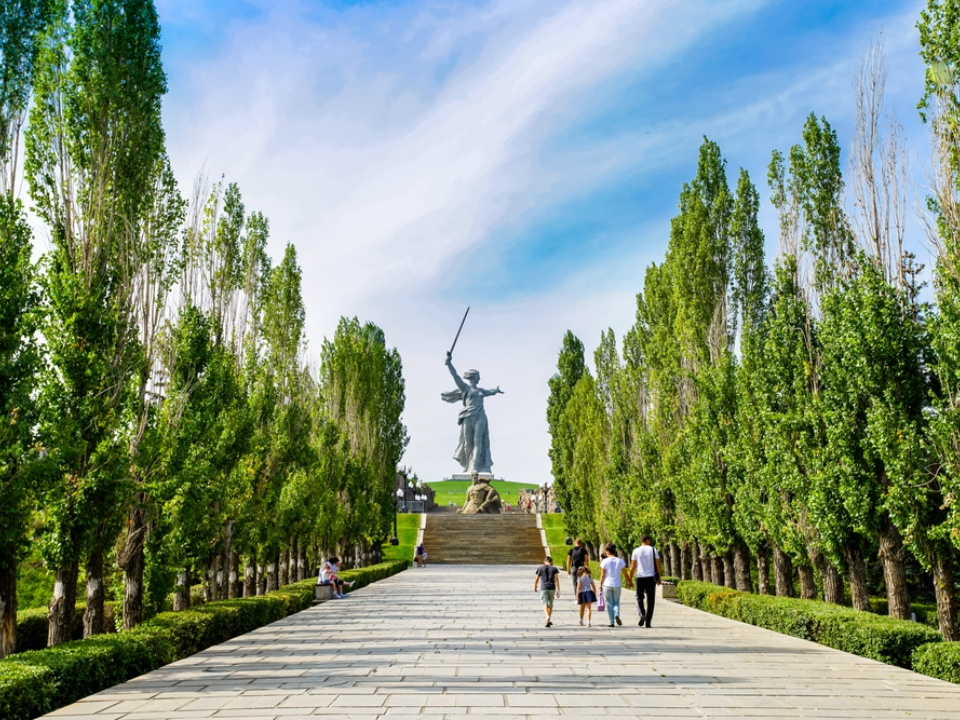
The Battle of Stalingrad from 1942 to 1943 was one of World War II’s most brutal confrontations. Soviet and German forces fought block by block for control of the city. It became a turning point that shifted the course of the war in Eastern Europe.
Modern Volgograd still bears the scars of its past, with monuments like “The Motherland Calls” towering over the city. Museums display remnants of weapons and diaries from the soldiers. The air feels charged with remembrance of sacrifice and survival.
Battle of Waterloo, Belgium

The Battle of Waterloo in 1815 ended Napoleon Bonaparte’s rule and reshaped European politics. French, British, and Prussian troops fought across muddy fields near the small Belgian village of Waterloo. The battlefield remains one of the best-preserved in Europe.
Visitors can climb the Lion’s Mound for a sweeping view of the historic site. Reenactments held each year bring history to life for thousands of spectators. Though the cannons have long gone silent, the land still whispers of final stands and lost glory.
Battle of Manila, Philippines
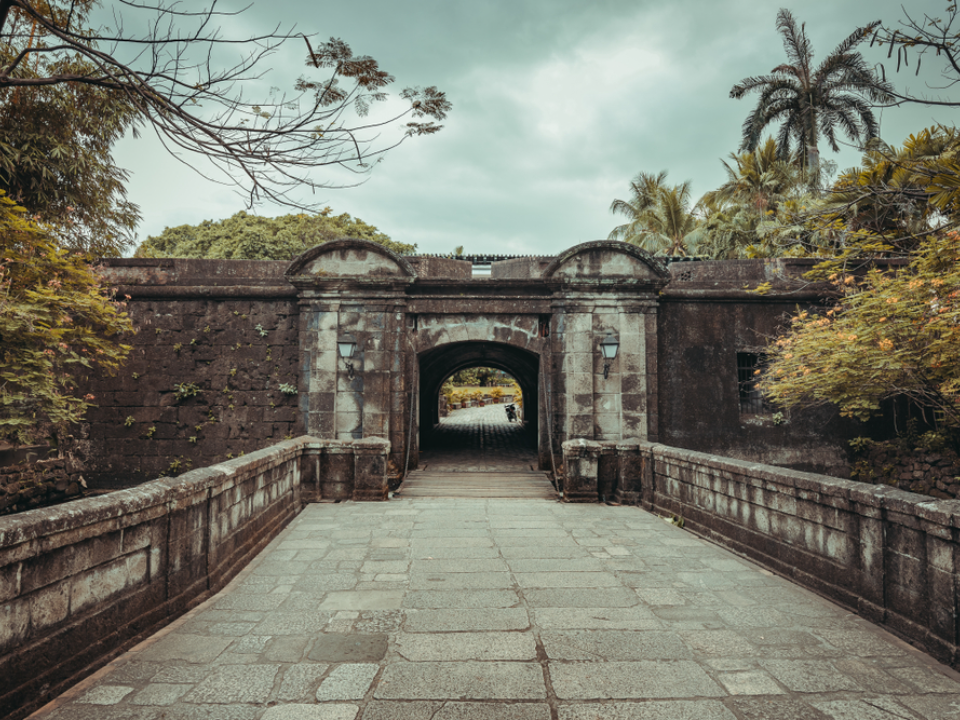
The Battle of Manila in 1945 was among the fiercest urban battles of World War II in the Pacific. American and Filipino forces fought to liberate the city from Japanese occupation, leading to widespread destruction. Manila’s historic architecture was nearly wiped out in the process.
Modern Manila has rebuilt itself, yet parts of Intramuros still hold remnants of the devastation. Bullet-ridden walls and hidden tunnels remind visitors of the heavy toll the city endured. The echoes of war remain intertwined with the vibrant life that surrounds the area today.
This article originally appeared on Avocadu.
